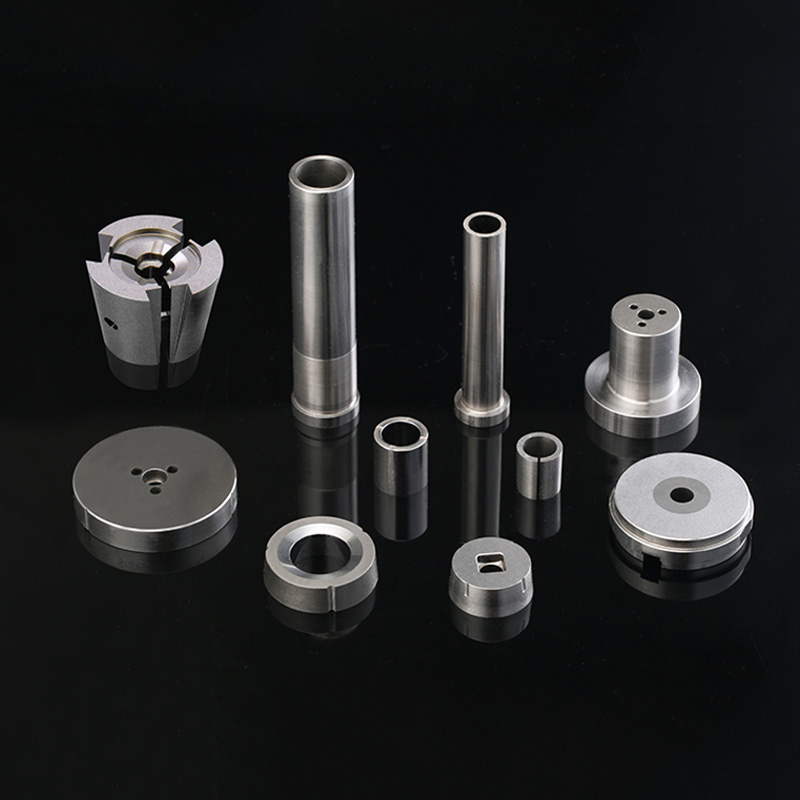1. Introduction to Fastener Dies
Fastener Dies are precision tooling components used in the manufacturing of threaded fasteners such as screws, bolts, and nuts. These specialized tools are designed to form threads through cold forming processes, typically achieving tolerances within ±0.005 mm for high-precision applications. The dies are manufactured from high-grade tool steels like M2 (1.3343), M35 (1.3243), or PM-HSS (Powder Metallurgy High-Speed Steel) with hardness ranging between 62-66 HRC to withstand the extreme pressures of thread rolling operations.
Modern Fastener Dies can produce threads at speeds up to 1,200 pieces per minute in automated Cold Heading machines, with typical thread rolling pressures ranging from 50 to 300 kN depending on material hardness and thread profile.

2. Technical Characteristics of Fastener Dies
2.1 Material Composition
Premium fastener dies utilize micro-grain carbide substrates with cobalt binders (typically 6-12% Co content) for enhanced toughness. The cutting edges often feature TiAlN (Titanium Aluminum Nitride) or AlCrN (Aluminum Chromium Nitride) coatings with thicknesses of 2-5 microns, providing surface hardness up to 3,500 HV and oxidation resistance up to 900°C.
2.2 Geometric Parameters
Thread rolling dies maintain precise flank angles of 30° for metric threads or 29° for UN/UTS threads, with crest and root radii controlled within 0.144P to 0.180P (where P is pitch). The dies' working surfaces are ground to surface finishes better than Ra 0.2 μm to minimize friction and material adhesion.
2.3 Performance Metrics
High-performance dies demonstrate:
Tool life between 500,000 to 2 million cycles in carbon steel applications
Wear resistance allowing ≤0.01 mm flank wear after 100,000 cycles
Fatigue strength exceeding 1,500 MPa at 107 cycles
Thermal stability maintaining dimensional accuracy within ±0.002 mm at operating temperatures up to 300°C
3. Application Scenarios
3.1 Automotive Industry
In automotive manufacturing, fastener dies produce critical components like:
Wheel bolts with M12x1.5 threads meeting ISO 4762 standards
Engine block studs with M10x1.25 fine threads requiring 10.9 grade tensile strength
Transmission components with ACME or stub ACME threads for high-torque applications
3.2 Aerospace Applications
Aerospace-grade dies manufacture:
NASM 21200 series fasteners with UNJF (Unified National Fine J-Form) thread profiles
Hi-lok pins with 0.250-28 UNJF-3B threads and 160 ksi shear strength
Close-tolerance fasteners maintaining Class 3A/3B thread fit per ASME B1.1
3.3 Construction and Heavy Equipment
For structural applications, dies produce:
ASTM A325 structural bolts with ¾"-10 UNC threads and 120 ksi minimum tensile strength
Anchor rods with M36x4 threads meeting EN 14399 requirements
High-strength tie rods with TR threads (DIN 103) for pre-stressed concrete
4. Maintenance Procedures
4.1 Cleaning Protocol
Proper die cleaning involves:
Ultrasonic cleaning in pH-neutral solutions at 40-60°C for 10-15 minutes
Using 0.5-1.0 μm diamond abrasive pastes for polishing
Compressed air drying at ≤6 bar pressure to prevent moisture retention
4.2 Inspection Methods
Comprehensive inspection includes:
Optical comparators checking thread profiles to ±0.002 mm accuracy
Surface roughness testers verifying Ra ≤ 0.4 μm
Hardness testing maintaining ≥60 HRC on working surfaces
Dye penetrant inspection detecting cracks >0.02 mm in width
4.3 Storage Conditions
Optimal storage requires:
Temperature-controlled environments at 20±2°C
Relative humidity below 45% RH
VCI (Vapor Corrosion Inhibitor) paper wrapping for long-term storage
Individual compartments with Shore A 70-80 hardness foam inserts
4.4 Reconditioning Techniques
Die refurbishment processes:
Plasma nitriding at 500°C for 20 hours to restore surface hardness
Micro-welding repairs using 1.2 mm diameter M42 cobalt electrodes
Electrochemical machining for precise material removal at 0.01-0.03 mm/pass
Laser texturing to recreate original surface patterns with 10-50 μm feature depth
5. Operational Best Practices
To maximize die performance:
Implement progressive lubrication with sulfur-chlorine EP additives at 5-10 ml/min flow rates
Monitor process forces using piezoelectric sensors with ±1% accuracy
Maintain workpiece material hardness within ±5 HB of specified range
Perform thermal stabilization cycles every 50,000 cycles for high-volume production











